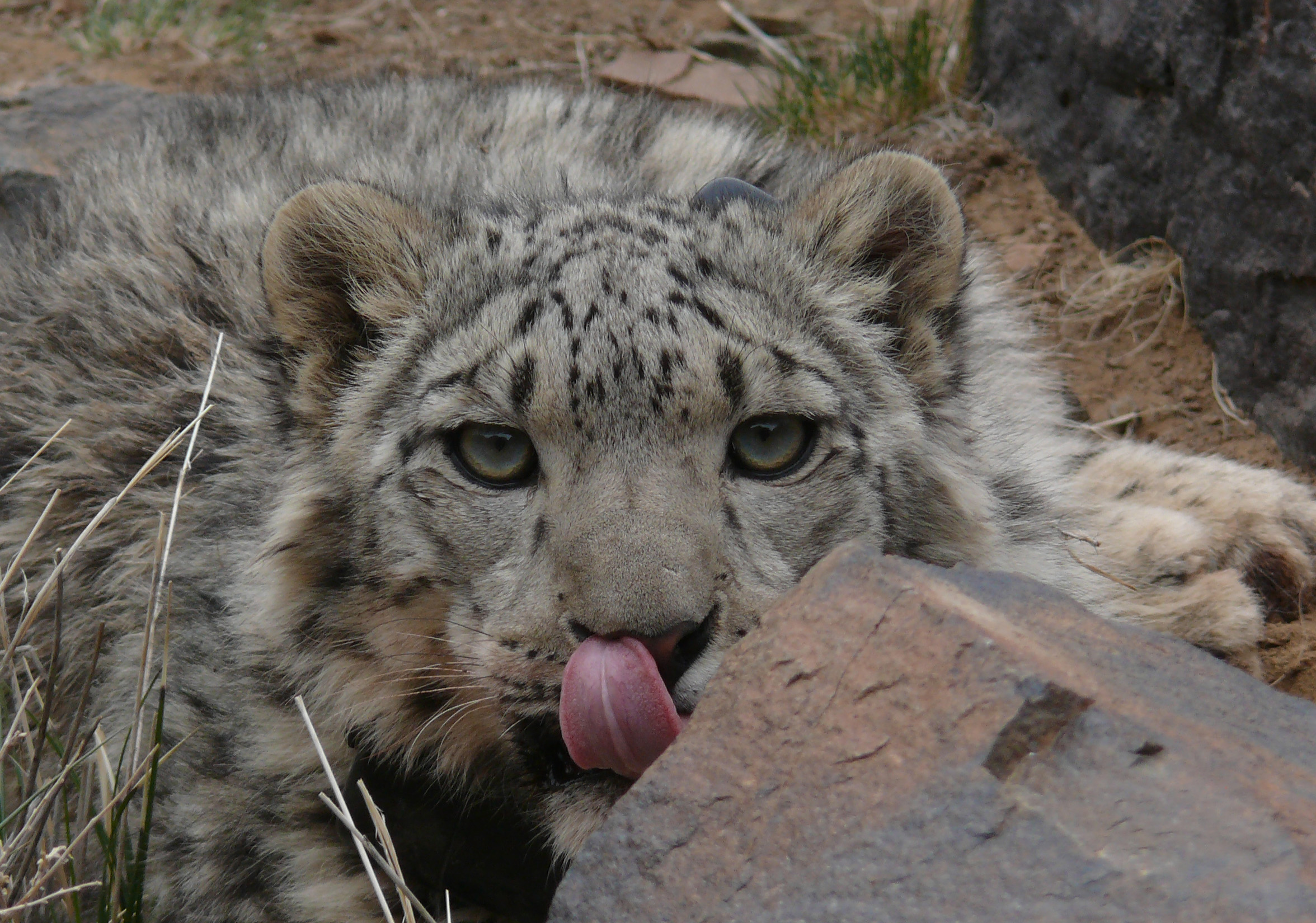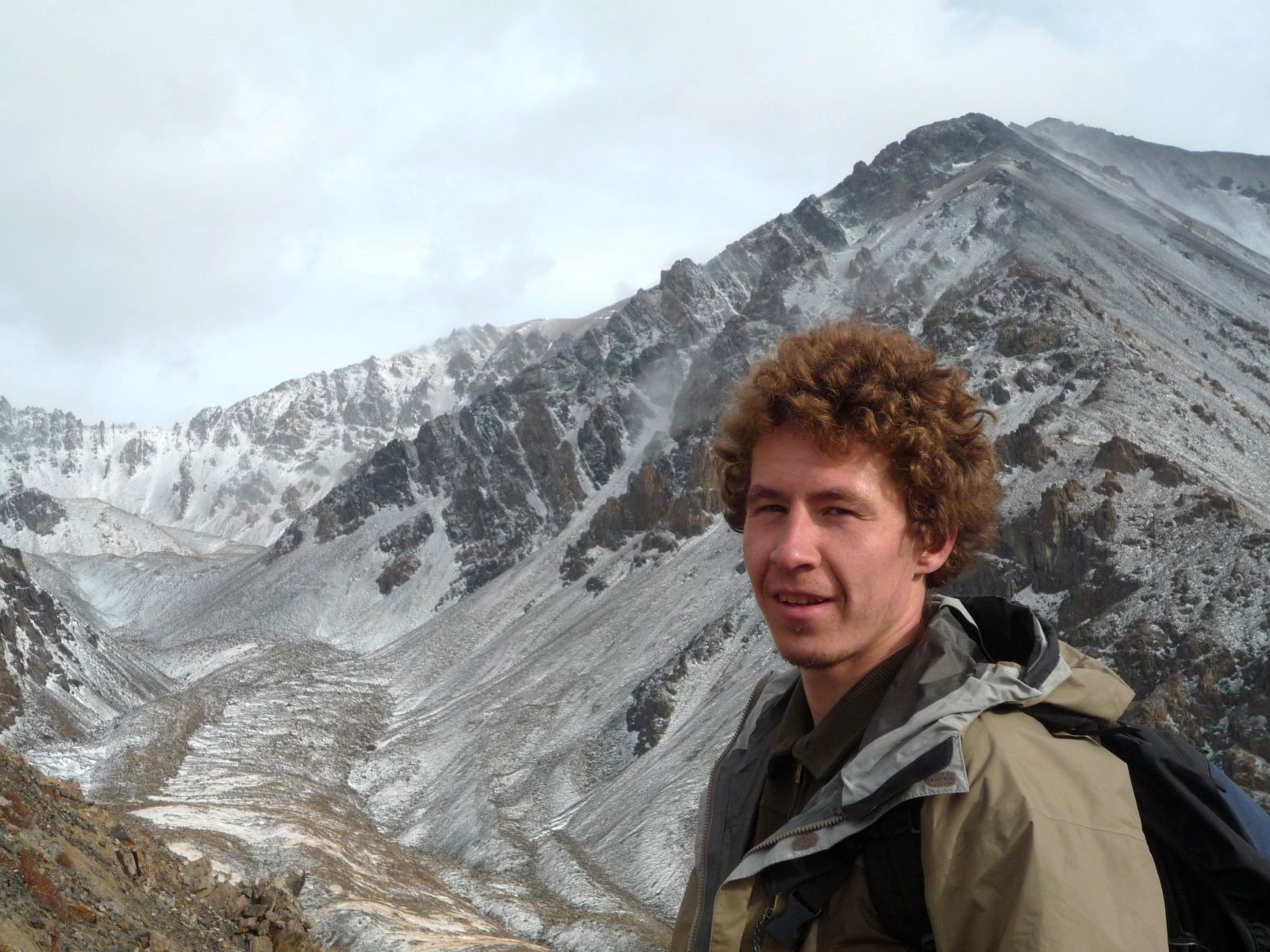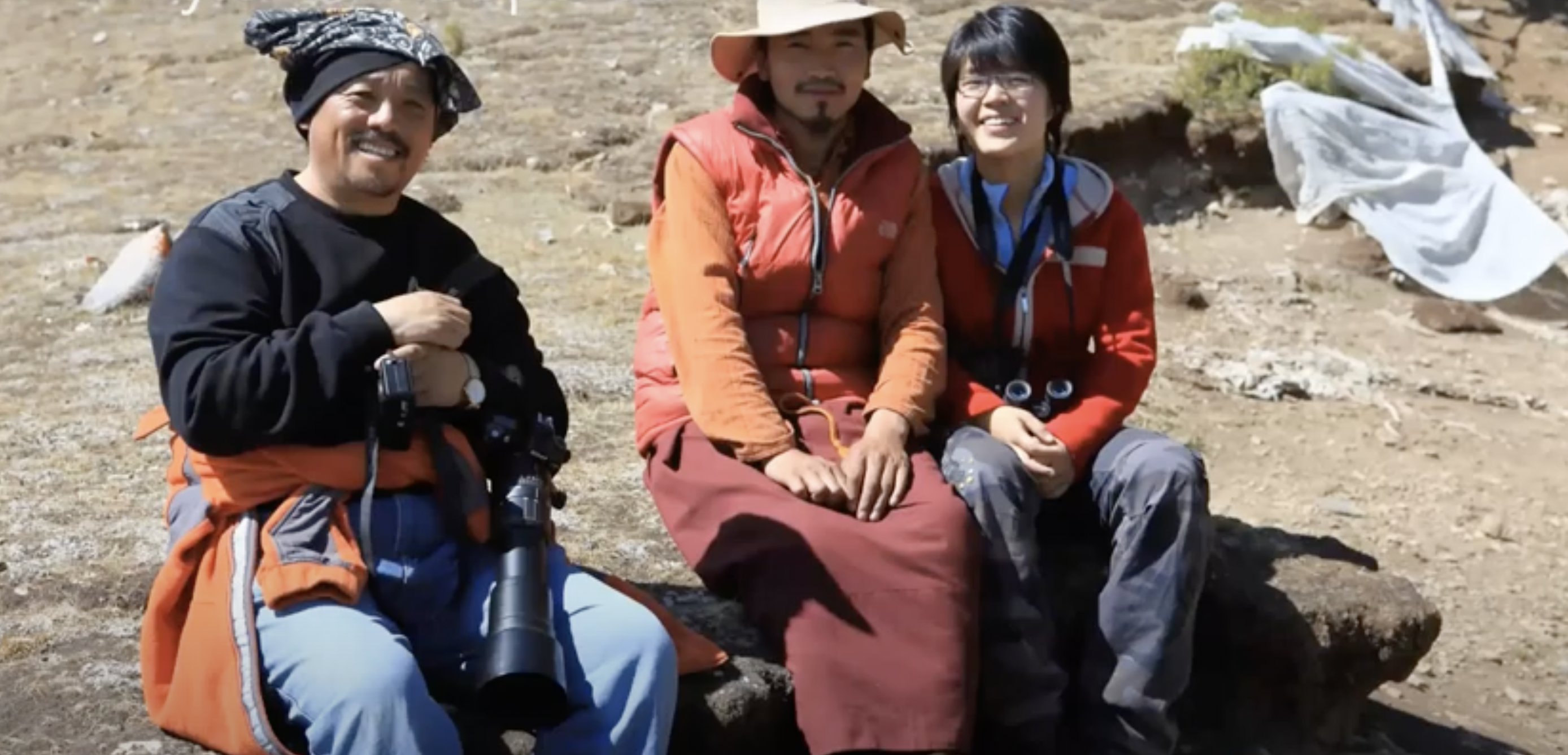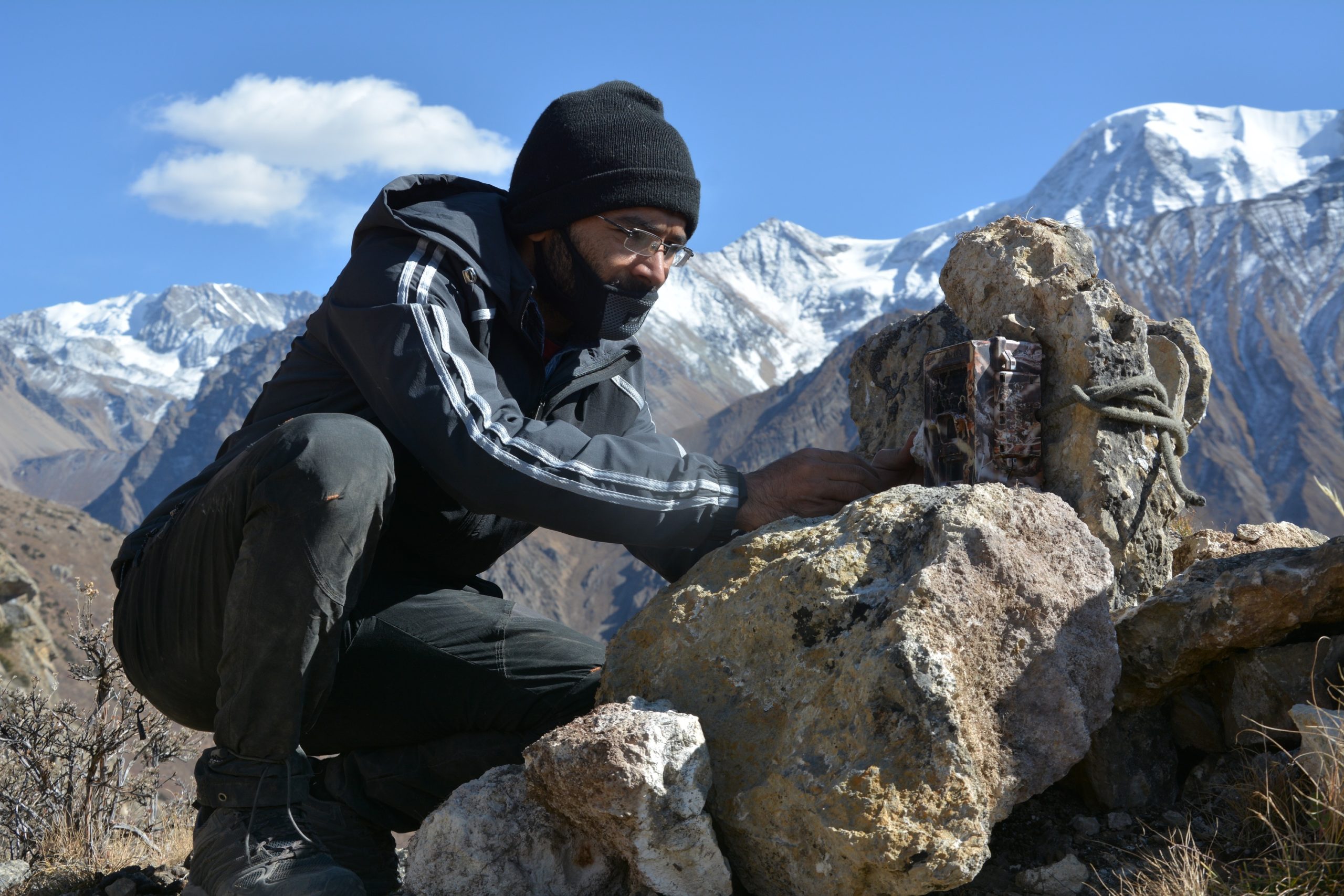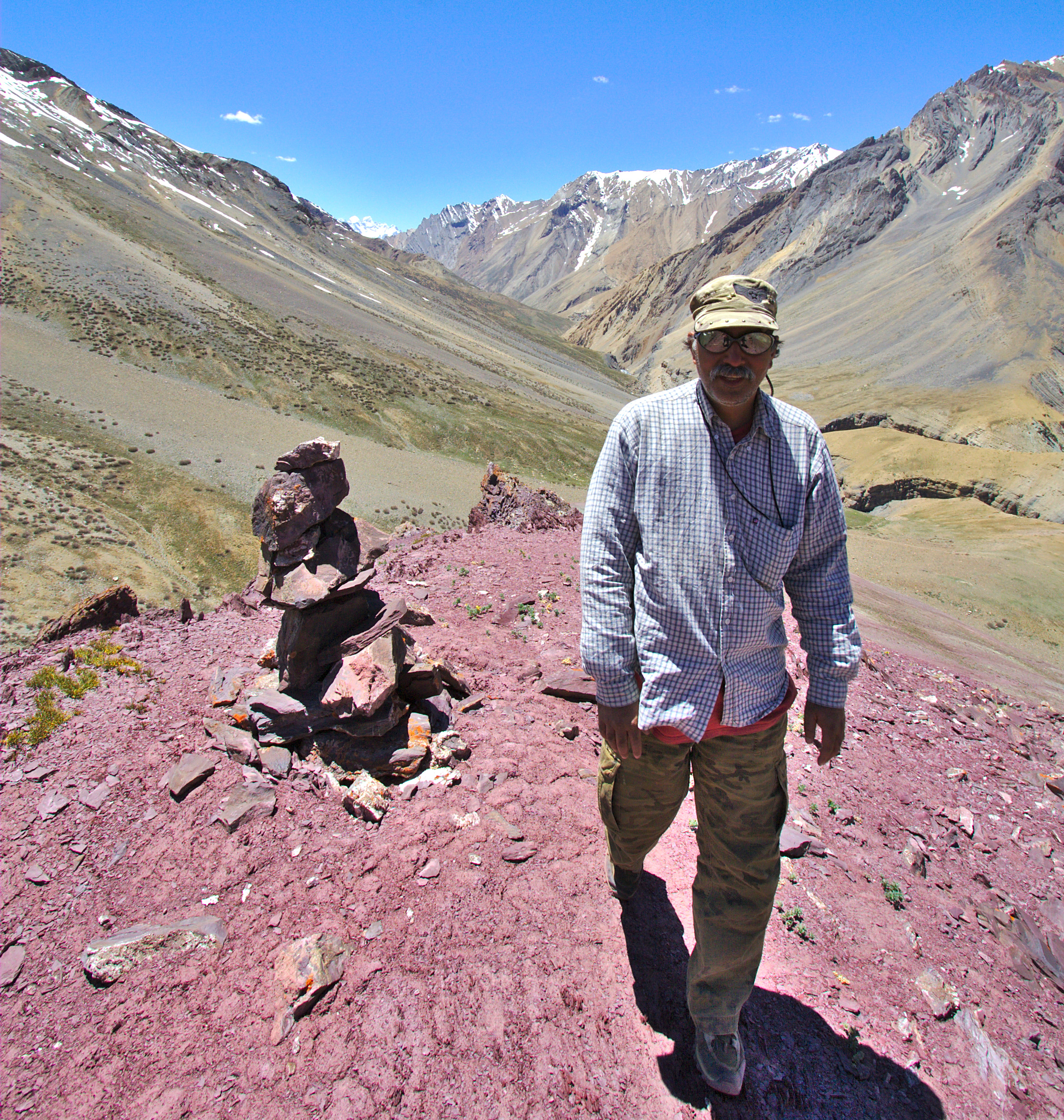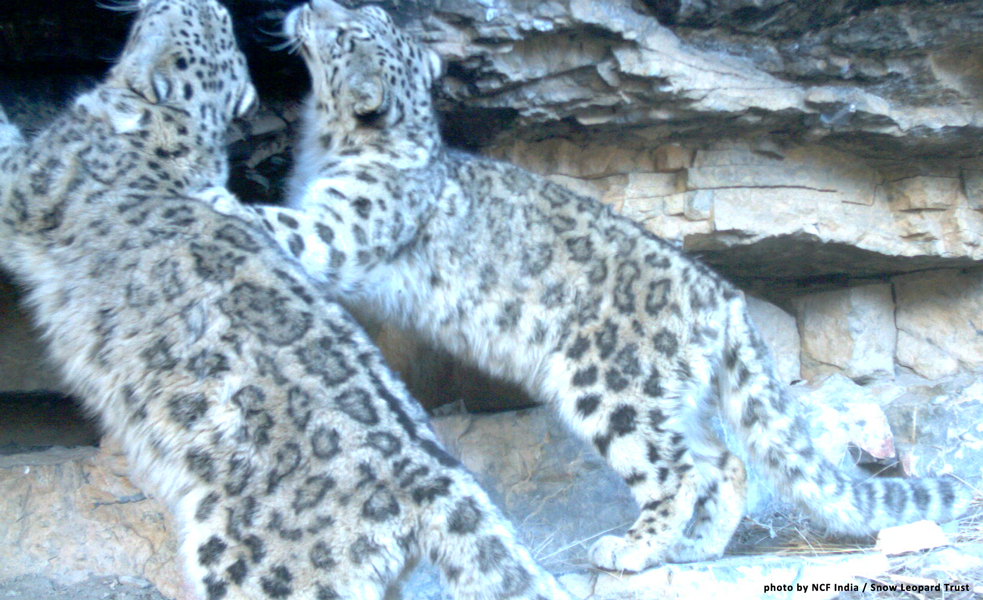This talk is a continuation of our series entitled “Snow Leopard Conversations”. The series aims to showcase the latest science and research related to snow leopards. Dr. Orjan Johannson presents the recent paper entitled “The timing of breeding and independence for snow leopard females and their cubs.” Our SLN Committee Member – Dr. Sandro Lovari – facilitates the session. The full article can be accessed through the following link.
Using a genetic lens to understand endangered species
We are delighted to welcome Dr. Uma Ramakrishnan for this thematic discussion on how genetics can be brought to bear more effectively on specific aspects of snow leopard conservation. Dr. Uma Ramakrishnan starts by exploring the reasons species go extinct, and describes how genetic methods and data can inform our understanding of species’ futures. Uma gives some examples of her work with tigers, and summarise their knowledge on snow leopard conservation genetics, including work to estimate snow leopard population size. Finally, she describes ongoing efforts (in collaboration with scientists at Stanford University) to understand more about snow leopards globally and locally. Dr. Byron Weckworth, Director of Panthera’s Snow Leopard and Conservation Genetic programs, joins us as principal discussant.
Snow leopard research and conservation in the Russian Federation
Russia is host to a unique snow leopard population found at the most northern latitudes of the range, in areas largely bordering Mongolia. The county is at the same time estimated to hold 2% of the global snow leopard population. During the Webinar our guests- Alexander Karnaukhov and Tatiana Ivanitskaya– share insights into WWF-Russia’s snow leopard conservation program of the Altai-Sayan Eco-region. They describe the main threat to the snow leopard in Russia– which is considered to be snaring. Poaching of other species, such as musk deer, with metal wire snares threatens the snow leopard. The team showcase a range of tools and techniques to monitor snow leopard populations in the area. They also share with us insights into WWF-Russia’s conservation and communication strategy.
The global status of snow leopard threats and opportunities for conservation
Our SLN Steering Committee member – Dr. Juan Li – gives a brief overview presentation on the global status of snow leopard threats and opportunities for conservation. Dr. Juan Li has been a leading figure in carrying out global assessments of snow leopard responses to climate change, predicting global distributions and identifying key geographic areas for conservation priority. This will set the scene for highlighting the need for continued global collaborations in snow leopard conservation.
We then showcase how SLN is working towards contributing to global conservation efforts and supporting GSLEP efforts. Dr. Koustubh Sharma from the GSLEP Program and key members of SLN’s Steering Committee also join us to highlight the SLN-GSLEP partnership.
Snow leopard research and conservation in the Russian Federation

The Snow Leopard Network is pleased to invite you to our sixth SLN webinar of 2020. We will travel to Russia and hear an update on WWF-Russia’s recent work on snow leopard conservation.
Russia is host to a unique snow leopard population found at the most northern latitudes of the range, in areas largely bordering Mongolia. The county is at the same time estimated to hold 2% of the global snow leopard population. During the Webinar our special guests- Alexander Karnaukhov and Tatiana Ivanitskaya– will share insights into WWF-Russia’s snow leopard conservation program of the Altai-Sayan Eco-region. This Webinar will be an opportunity to build on our earlier country updates and discuss best practices for conservation and monitoring of snow leopards. These country updates are giving us a remarkable set of pictures of different efforts being launched independently from different sides of the range.
About the talk: Our guests will take us to the Altai-Sayan Eco-region of the Russian Federation. They will describe the main threat to the snow leopard in Russia- which is considered to be snaring. Poaching of other species, such as musk deer, with metal wire snares threatens the snow leopard. They will also share with us insights into WWF-Russia’s conservation strategy, including working with local hunters. The team will showcase a range of tools and techniques to monitor snow leopard populations in the area.
About the Speakers: Alexander Karnaukhov is a Senior Project coordinator of the Altai-Sayan office, WWF- Russia. Tatiana Ivanitskaya is a Press-Officer of the Altai-Sayan office, WWF-Russia
Date/Time: 10:00 am Moscow time, Tuesday, November 10th (Please log into the meeting 5 min early to set up)
Location: ZOOM, to join this talk REGISTER HERE
Please note:
- If you have never used Zoom before, we recommend that you try the link 10 minutes before the start of the lecture.
- Please feel free to write questions in the comment area and there will be time for questions/discussion at the end of the talk.
Not all large carnivores are the same: predators, prey and the snow leopard
We are delighted to welcome Dr. Francesco Ferretti and Dr. Sandro Lovari who explore a number of hypothesises on how snow leopards interact with prey and other carnivores.
Access to adequate large prey and avoidance of competition with larger predators are two major determinants of behaviour and ecology of carnivores. Moreover, predators and prey are constantly involved in an evolutionary arms race, aiming at maximising prey capture rate and minimising predation, respectively. Man-induced habitat manipulation and prey depletion alter these natural dynamics. The way these factors interact is crucial to enhance conservation of large carnivores.
This talk combines recently published and ongoing meta-analyses on food habits of large terrestrial carnivores and studies on predator-prey interactions, to explore the role of prey diversity in influencing carnivore coexistence as well as favouring their persistence. In particular, implications for a better understanding of the ecology of the snow leopard and its interactions with competitors and prey are discussed.
Snow leopard research and conservation in Nepal: Past, Present and Future
Nepal has a long and very special history in snow leopard conservation. Research and conservation efforts in Nepal were path finding for the wider snow leopard community. In this month’s Webinar, we are delighted to welcome Gopal Khanal, who is currently working as Assistant Conservation Officer in Shey Phoksundo, the largest National Park of Nepal and home to a significant population of snow leopards. We also are joined by Dr. Som Ale, a member of SLN’s Committee, who has been working in snow leopard conservation in Nepal, for over two decades. Together, our guests bridge past and present, with a special focus on community based conservation, through the lens of policy and research. We also look towards Nepal’s snow leopard conservation agenda for the next decade.
Snow leopard research and conservation in Nepal: Past, Present and Future

Snow leopard research and conservation in Nepal: Past, Present and Future
The Snow Leopard Network is pleased to announce our fifth SLN webinar of 2020 where we travel to Nepal. This Webinar series aims explicitly to feature snow leopard range country national updates and experience. As our SLN committee chair, Dr. Lu Zhi, suggested as she launched the webinar series – it is a pleasure to take this opportunity to learn from each other and build links between our efforts across the snow leopard range.
Nepal has a long and very special history in snow leopard conservation. Research and conservation efforts in Nepal were path finding for the wider snow leopard community. In this month’s Webinar are delighted to welcome Gopal Khanal who is currently working as Assistant Conservation Officer in Shey Phoksundo, the largest National Park of Nepal home to a significant population of snow leopards. We also will be joined by Dr. Som Ale, a member of SLN’s Committee, who has been working in snow leopard conservation in Nepal for over two decades. Together our guests will bridge past and present with a special focus on community based conservation through the lens of policy and research. We will also look towards Nepal’s snow leopard conservation agenda for the next decade.
More on the talk: Nepal is believed to host 10% of the global snow leopard population. Since the early 1970s Nepal has adopted both an ecosystem approach (establishing protected areas) and species approach to conserve, research and monitor the country’s snow leopards. Gopal will share his thoughts on recent developments and give us insights on some promising recent snow leopard research and conservation efforts in Nepal. Som Ale will join as discussant and provide a longer term perspective of Nepal’s conservation efforts and will set this within future snow leopard conservation priorities.
More about our guests:
Gopal Khanal currently works for Shey Phoksundo National Park office, Dolpa as an Assistant Conservation Officer. He has been working on snow leopard research and conservation in the Nepal Himalayas since 2014. He completed his Master’s degree in wildlife biology and conservation. His master’s thesis examined the influence of wild prey and livestock on snow leopard predation on livestock in Nepal.
Som Ale spent over a decade working as a conservation manager in north central Nepal and was Officer in Charge of Nepal’s National Trust for Nature Conservation – Annapurna Conservation Area Project. Som now lives in the United States and serves as a professor of biology and ecology at the University of Illinois – Chicago. Dr. Ale is passionate about protecting the snow leopard in ways that benefit the animals, environment, culture, and community; and has developed powerful, unique, and engaging conservation initiatives.
Date/Time: August 25th, 2020 Tuesday 17:45 Kathmandu time (Please log into the meeting 5 min early to set up)
Location: ZOOM, to join this talk REGISTER HERE
Please note:
- If you have never used Zoom before, we recommend that you try the link 10 minutes before the start of the lecture.
- During the talk, please keep your microphone muted.
- Please feel free to write questions in the comment area and there will be time for questions/discussion at the end of the talk.
- The Zoom event is limited to 100 participants. Please register for the event and also sign in early to ensure your place.
Snow leopard conservation: Reflections from the past
We would like to invite you to our fourth SLN webinar of 2020. This webinar takes us back to consider snow leopard conservation efforts over the longer term. We are extremely pleased to welcome our guest Dr. Raghu Chundawat, who has followed snow leopard conservation since the 1980s.
Our guest is interviewed by Dr. Koustubh Sharma, for 30 min, followed by a 30 min discussion period with Dr. Joseph Fox, who joined us as a discussant. Raghu reflects on a time when very little was known about the snow leopard. In particular, he shares recollections of the very real challenges of studying snow leopards in the wild. Watch this very special Webinar where we travel to the past and hear important perspectives of conservation developing over this extensive stretch of time.
Population Assessment of the World’s Snow Leopards: The Why & How
We would like to invite you to our third SLN webinar of 2020. Having heard updates from China and Mongolia, July’s Webinar turns towards a global perspective of snow leopard conservation. We are extremely pleased to welcome our guests- Dr. David Borchers and Dr. Koustubh Sharma- who will take us into the world of numbers and statistics about snow leopards in a practitioner friendly way.
Our speakers, Dr. David Borchers and Dr. Koustubh Sharma, take us through the Why and the How of assessing the global snow leopard population. We discover the story of why (and when) the initiative of Population Assessment of the World’s Snow leopards (PAWS) emerged. We also discuss how PAWS can be achieved, including key ideas of spatial capture-recapture (SCR) and the power of SCR to analyse survey data. Finally we cover the latest developments in this fast-developing area of research.
Thank you to all our participants who attended the live event. If you missed it please watch the recording below.

